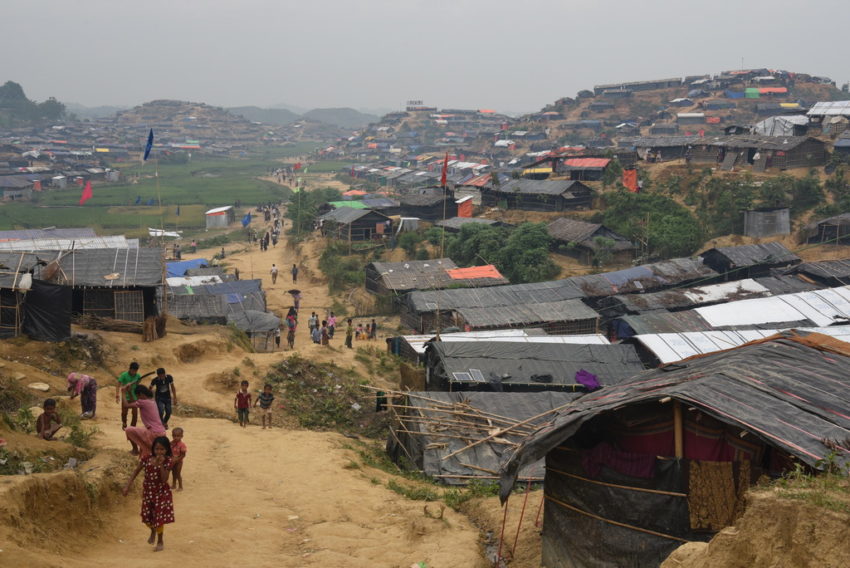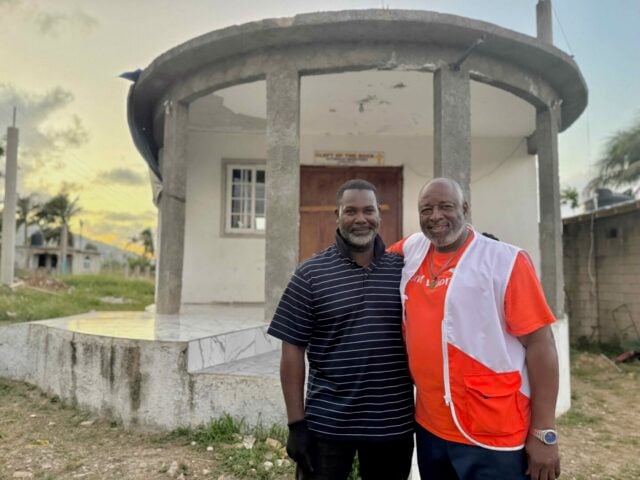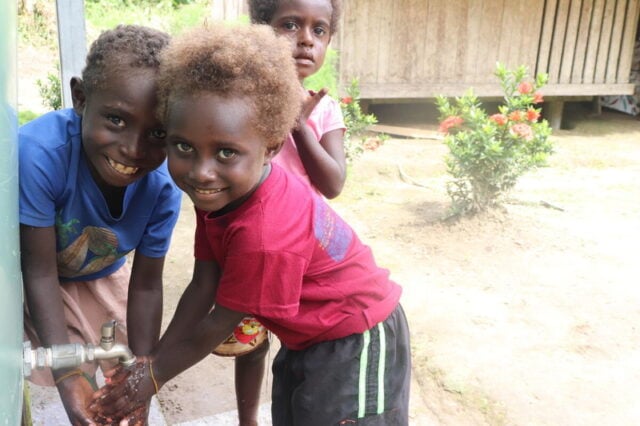From monster storms and tsunamis to civil wars and droughts, natural disasters and man-made crises impact children, their families, and economies on a huge scale around the world each year.
“In 2018, the sheer scale of humanitarian need around the world was immense and growing,” says Lawren Sinnema, a program manager for World Vision. “The news cycle is so overwhelming that many people don’t learn about the worst crises happening around the world.”
But we believe there is hope. Jesus said, “With God all things are possible” (Matthew 19:26, NIV), and we at World Vision believe miracles happen in people’s lives despite these seemingly impossible circumstances.
As these seven of the worst disasters in 2018 show us, children and families around the world experienced tremendous pain and suffering this past year. But there remains a glimmer of light in each of them. Hope has not been snuffed out.
“It’s overwhelming,” Lawren says. “One reaction would be to throw our hands up. But as Christians, we can’t abandon children.”
Here you can learn about seven of the worst disasters in 2018 and how World Vision is helping people affected.
You can deliver hope and practical help when disasters strike.
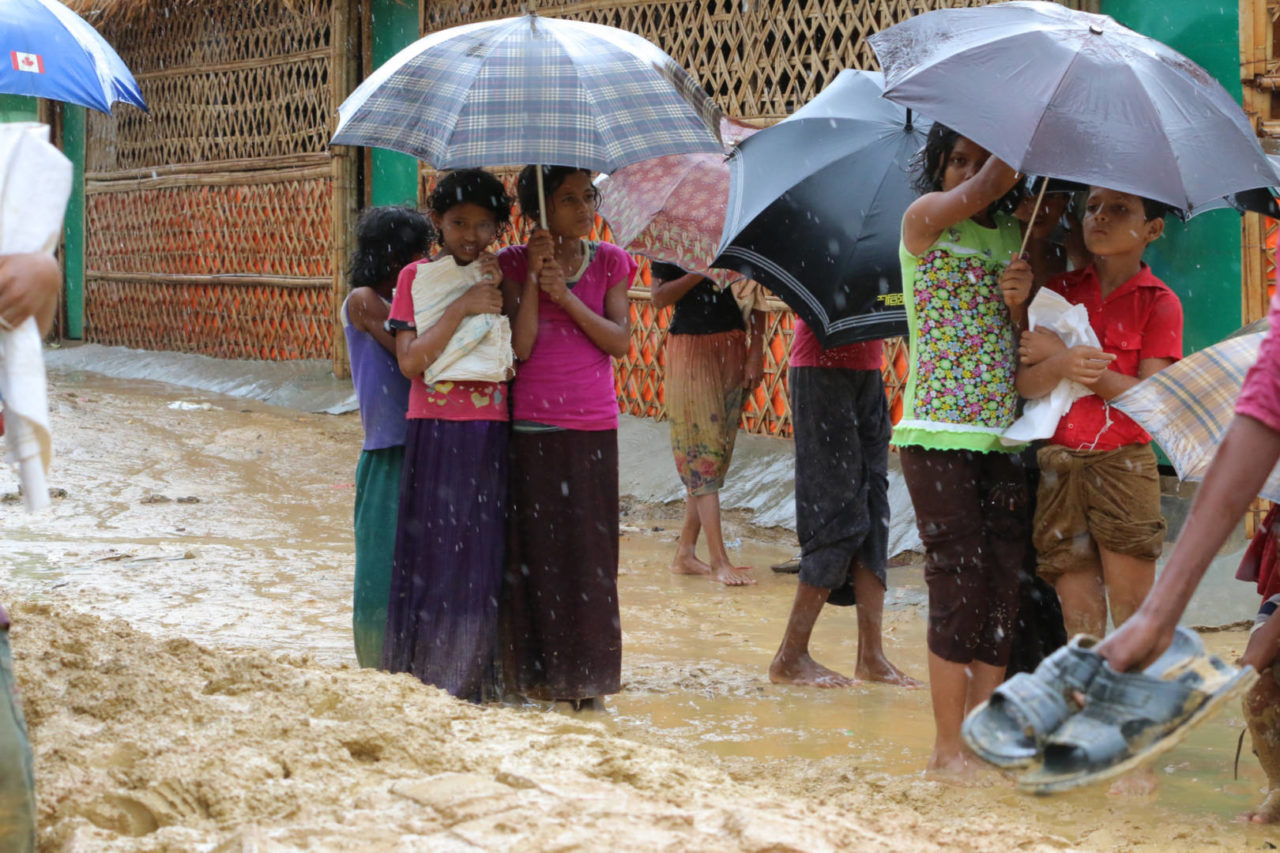
Myanmar refugees in Bangladesh
More than 730,000 people from Myanmar have fled to Bangladesh as refugees since Aug. 25, 2017, because of extreme violence in northern Rakhine state. More than half of the refugees are children, according to the U.N. Refugee Agency. They joined nearly 200,000 others who fled similar violence in the past. As the refugee population swelled in 2018, monsoon rains inundated many of the camps situated among the hills of Cox’s Bazar, Bangladesh, making for difficult, precarious, and unsanitary living conditions.
Children and their families are living in unhealthy, dangerous conditions with limited access to basic services.
It’s dire for many but not hopeless.
Aid agencies are working together to provide life-saving aid to about 1.3 million people wrapped up in the crisis, including many Bangladeshis living in host communities. Since September 2017, generous donors and World Vision staff in Bangladesh have been able to help more than 264,000 refugees with supplies like shelter kits, food packages, hygiene kits, household supplies, and nutrition services for children and pregnant and breastfeeding women. Between August 2017 and August 2018, we also were able to construct 1,544 latrines and 83 deep tube wells, providing access to clean water and sanitation facilities for 154,000 people.
Let’s do this together. You can help refugees in Bangladesh and other parts of the world by donating to the refugee children’s crisis fund.
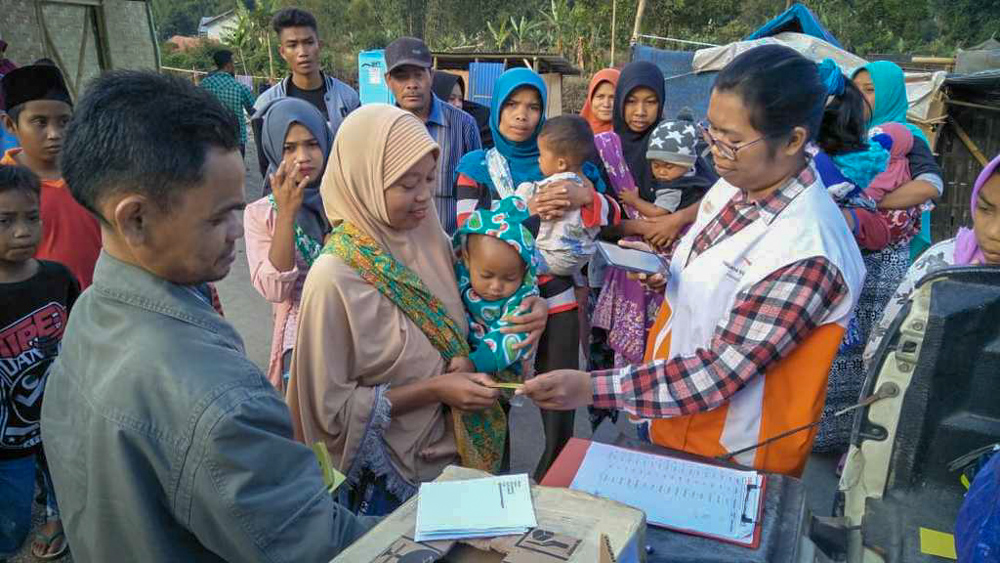
Indonesia earthquakes and tsunami
(Dec. 26, 2018) More than 400 people are reported dead after a tsunami struck western Java and southern Sumatra islands during the evening of Dec. 22. Indonesia’s geological and weather service says the tsunami was likely caused by undersea landslides in the Sunda Strait following an eruption by the Anak Krakatoa volcano. World Vision, which is simultaneously responding to earthquakes on Lombok island and Central Sulawesi, is assisting children and families in some of the worst-affected areas of Serang and Pandeglang districts on the west coast of Java’s Banten province.
Just three months earlier, a magnitude 7.5 earthquake struck Indonesia’s Central Sulawesi province, on Sept. 28, triggering a tsunami and landslides that caused widespread destruction and loss of life. More than 2,100 people are known to have died and more than 4,400 were seriously injured, according to the Indonesia disaster management agency. About 1.4 million people in Central Sulawesi were affected. With about 68,000 houses damaged or destroyed, hundreds of thousands of people became homeless or without adequate shelter.
The Central Sulawesi quake occurred less than two months after a series of earthquakes struck Indonesia’s Lombok island. The strongest of those quakes was a magnitude 6.9 temblor on Aug. 5. More than 500 people were killed, and nearly 1,500 were injured. About 220,000 people are still displaced.
As difficult as the situation is, humanitarian groups are bringing hope to survivors.
Soon after the 2018 earthquakes in both Lombok and Sulawesi, local World Vision staff, many of whom were affected by the quakes themselves, spurred into action. They distributed pre-positioned emergency supplies, including family household items, shelter kits, and hygiene supplies. A feeding center was quickly set up in World Vision’s office compound in Palu city, Central Sulawesi, to help mothers care for and feed their children. Our response is focused on child protection, educational programs for children, and providing clean water, sanitation, and hygiene.
Thousands of people have been helped with water and hygiene, food and infant feeding, household items including blankets and solar lanterns, and Child-Friendly Spaces where children can play and recover. In addition, World Vision is working to restore education opportunities by repairing and equipping schools and providing training in disaster risk reduction to prepare for the future.
You can help by providing emergency relief for children and families affected by disasters.
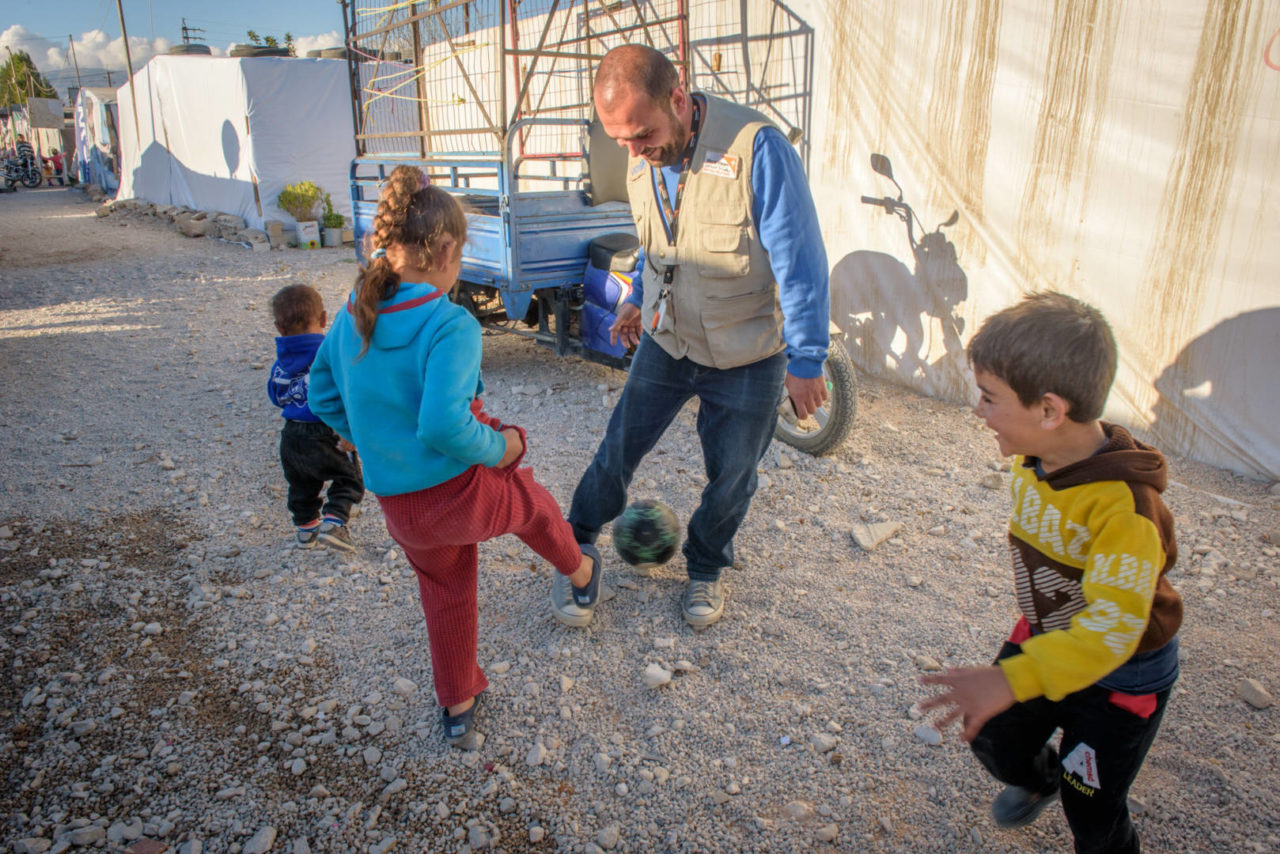
Syrian refugee crisis
The Syrian refugee crisis is internationally recognized as the largest refugee and displacement crisis of our time. Half of the people affected are children. Despite a relative decrease in hostilities nationwide in 2018, the Syrian civil war caused another nearly 160,000 people to flee the country as refugees. This was largely due to the conflict in the Idlib region. As of Nov. 12, the total number of refugees now sits at more than 5.6 million, according to the United Nations Refugee Agency (UNHCR). About 6.2 million Syrians are displaced within the country. Those two figures amount to about 55% of Syria’s population.
Hundreds of thousands of people have died. The war has set back the national standard of living by decades — now that healthcare facilities, schools, and water and sanitation systems have been damaged or destroyed. Right now, about 13.1 million people inside the country — almost three-quarters of the population — need humanitarian assistance.
“For humanitarian groups like World Vision, it is becoming increasing complex and dangerous to respond to conflicts around the world,” Lawren says. “In Syria, hospitals are bombed and humanitarian workers on the ground put their lives at risk every day.”
It’s a bleak picture, but aid groups and compassionate governments and donors continue to give the Syrian people reasons to hope.
Since the civil war began in 2011, World Vision has been able to help more than 2 million people with healthcare, psychosocial support to women and children, supplies for cold winter months, education programs, food aid, and clean water, sanitation, and hygiene.
You can bring help and hope to refugees from Syria and other crises around the world by donating to the refugee children’s crisis fund.
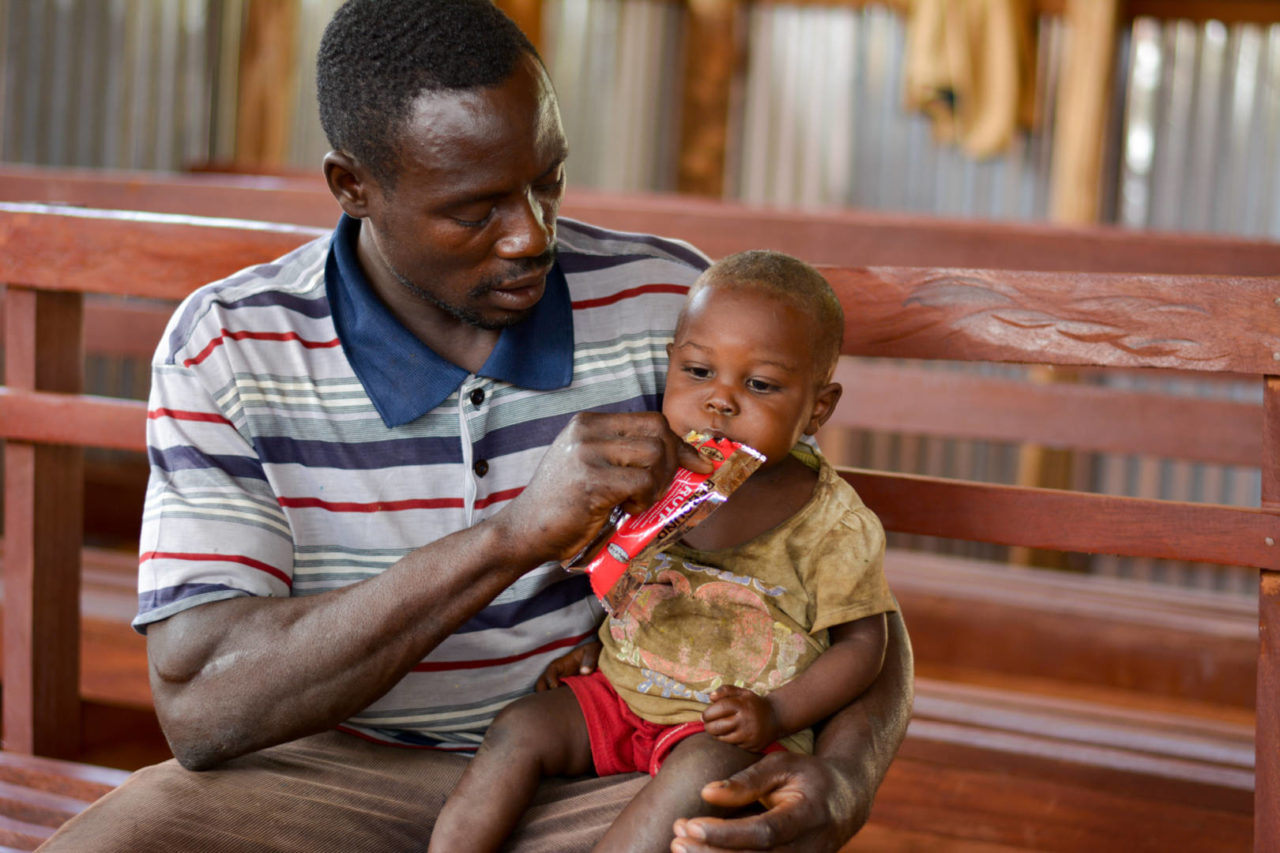
East Africa hunger crisis
At least 28 million people in East Africa — more than half of them children —needed humanitarian assistance in 2018. Millions of them are experiencing chronic hunger and the threat of famine. Conflict, recurring severe drought, and high food prices are to blame.
One major factor in the East Africa hunger crisis is the nearly five-year war in South Sudan. The government signed a peace agreement with rebel factions in September, but the conflict has displaced 4 million people. An ongoing food crisis resulted because families have not been home to cultivate their fields due to insecurity and displacement. More than 5.7 million South Sudanese don’t have enough food to sustain themselves, and parts of the country teeter on the brink of famine.
Another factor making the regional situation more difficult: inter-ethnic violence in southern Ethiopia. More than 800,000 people have fled their homes due to violence in south Ethiopia since April. They are in desperate need of food and other assistance.
But not all hope is lost. Between October 2017 and September 2018, World Vision staff in the region were able to reach more than 2.7 million people in Ethiopia, Kenya, Somalia, and South Sudan. Interventions include life-saving food, clean water and sanitation services, medical assistance, livelihood skills training, educational programs, essential relief supplies, and child-protection activities and programs.
In protracted crises like the East Africa hunger crisis, which is in its second year, it can be easy for people to lose hope about the situation, Lawren says. “However, as often is the case, children are the worst affected in these disasters. Yet they have nothing to do with the causes of disaster. When we respond, lives are saved, communities rebuilt, children go back to school. If we don’t support children, they are at risk of propagating future cycles of conflict and poverty.”
You can help children and families struggling with drought, conflict, and hunger by donating to the East Africa hunger crisis fund.
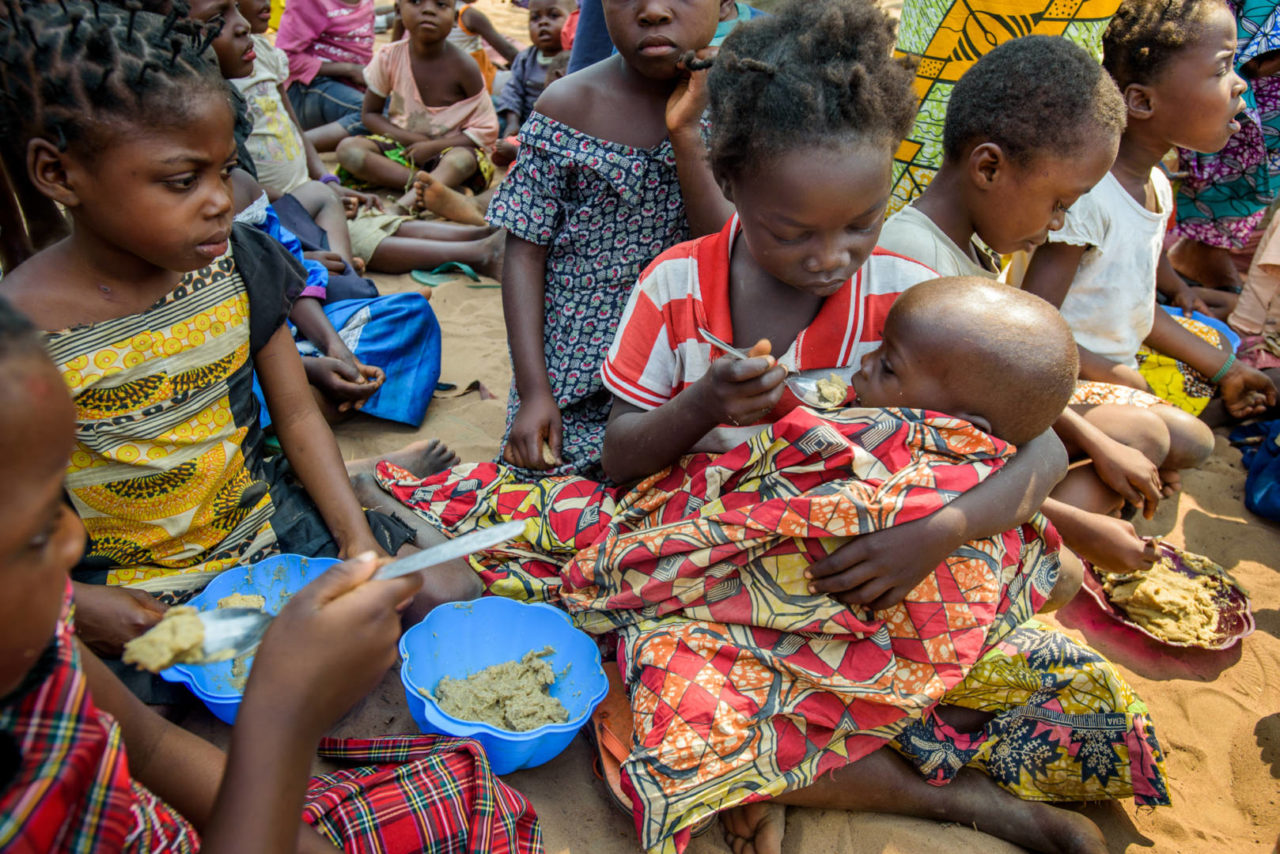
Ebola, hunger, and conflict in the Democratic Republic of the Congo
What was already considered one of the world’s largest and most complex humanitarian crises got worse in 2018. Since 2016, the people of the Democratic Republic of the Congo (DRC) have been struggling with a new round of violence in the once-peaceful south-central region of Kasai and the eastern regions of Tanganyika and South Kivu.
Ebola briefly broke out in May in northwestern DRC. Then the deadly virus resurfaced in August in the northeast, killing 271 of 458 people infected, as of Dec. 4. The deterioration in stability through 2017 and 2018 displaced more than 2.1 million people.
The DRC currently is among the countries with the most internally displaced people, with now almost 4.5 million people displaced within the country because of violence. An additional more than 800,000 people currently live outside the country as refugees. About 7.7 million people across the country face severe food insecurity, including more than 2 million children under 5 affected by severe acute malnutrition.
There are glimmers of hope in hard-hit areas.
Since World Vision’s Kasai response began in August 2017, our staff have reached more than 535,000 people with life-saving humanitarian assistance. That includes nearly 460,000 people who received food and cash, more than 46,000 young children and vulnerable adults in 126 health centers who received treatment or prevention consults for malnutrition, more than 22,000 children who benefited from Child-Friendly Spaces, and almost 27,000 students who benefited from classroom repairs, back-to-school kits, teacher training, and school-fee scholarships. Our response to the complex situation in the DRC will continue into 2019.
Sponsoring a child in the DRC is a personal way you can show God’s love to a child in need.
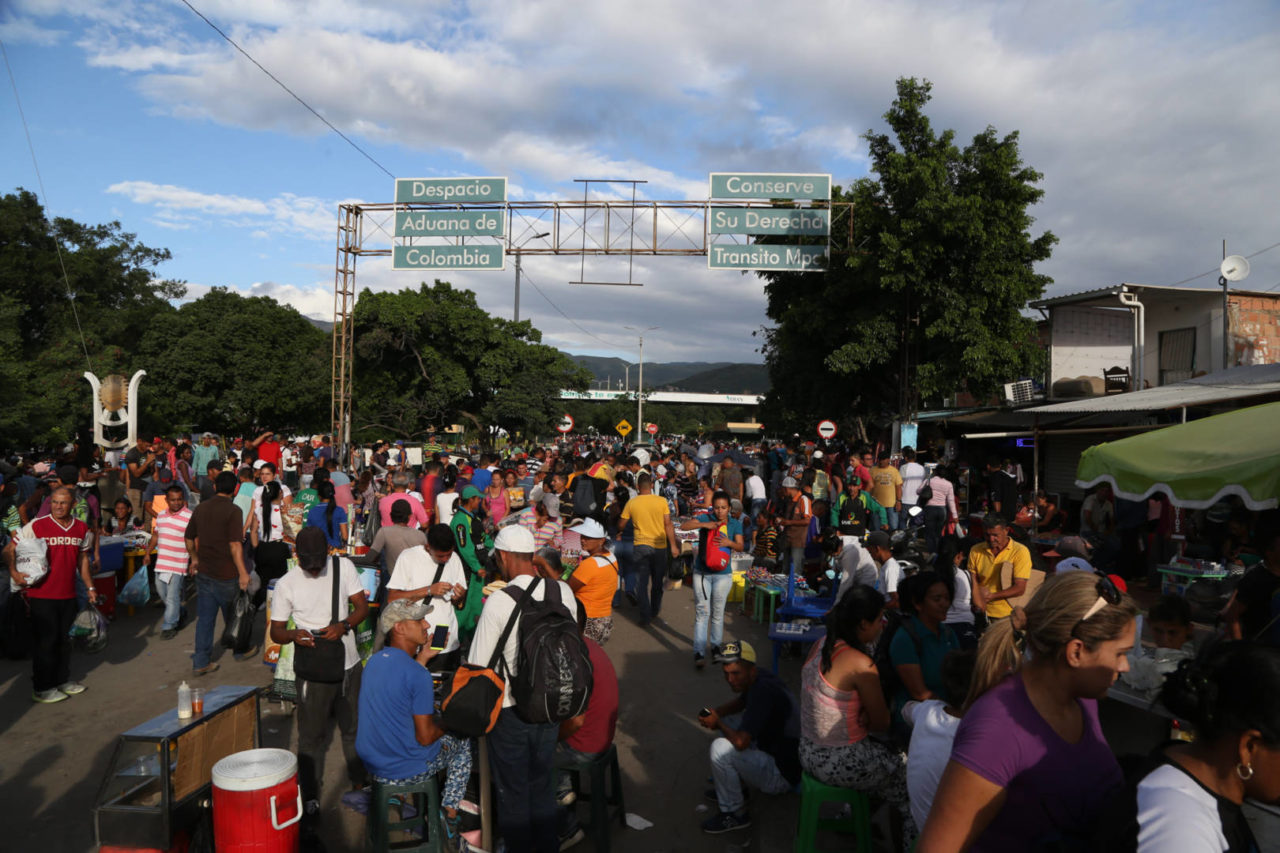
Venezuela economic and migration crisis
The number of people leaving Venezuela amid a national economic crisis reached 3 million in 2018. As many as 3,000 people per day are crossing the border into Colombia. The exodus is driven by hyperinflation, violence, and food and medicine shortages stemming from recent years of political turmoil. More than 1 million people have settled in Colombia; more than 500,000 in Peru; and Ecuador, Chile, and Argentina are each hosting 100,000 Venezuelans or more. Brazil is also hosting about 85,000 Venezuelan refugees.
While the influx from Venezuela has caused tensions in host countries, it also has brought out their hospitable spirit. Peru, for example, has offered temporary residency permits, and its immigration service extended its Lima processing center hours to around-the-clock to accommodate the thousands of daily residency and work permit requests. They converted the lobby into a childcare space complete with books and toys donated by the officers themselves. And teachers volunteer to watch children while their parents stand in line and receive their documentation.
World Vision staff in countries throughout the Andean region began working in 2018 to address the needs of Venezuelan refugees. In Colombia, we are helping about 40,000 people with health, food, economic empowerment, and educational programming. In Ecuador, we provided hygiene kits and workshops in child protection and economic empowerment. Our staff in Peru is working to help about 56,000 Venezuelans with health, hygiene, and food services and prepaid cash cards to help them cover basic needs upon arrival in Peru. And in Brazil, our staff is working to provide Child-Friendly Spaces and help facilitate Venezuelans who are registering for documentation.
Yemen conflict and food crisis
The war in Yemen and resulting food crisis became the largest humanitarian emergency in the world in 2018. The economy collapsed and food prices soared. Now, more than 22 million people — three-quarters of the population — need humanitarian assistance.
The conflict has killed more than 10,000 people and displaced nearly 3 million. One million people contracted cholera or watery diarrhea in the past year because half of the population lacks regular access to safe water and basic hygiene. People in the worst-affected areas have been starving to death because of near-famine conditions. As a result, 1.8 million children are suffering from malnutrition, including 400,000 who could die from lack of nutritious food.
The volatile security situation has made it extremely difficult for humanitarian agencies to get aid into the country. While we do not currently operate in Yemen, World Vision advocacy staff continue to work with U.N. and other agencies already in Yemen to support efforts to protect and care for children wrapped up in this crisis.
Behind the scenes of disaster responses
When disasters strike, a lot happens behind the scenes to get the right supplies exactly where they need to be to help survivors — all while communications and transportation routes may be down.
That’s why World Vision is grateful for corporate partners like Radiant Global Logistics Inc., which supports World Vision’s response to disasters in the U.S. — including hurricanes Florence, Michael, Irma, Maria, and Harvey — and and response missions worldwide.
“Wherever we need them, they can find a way to do it,” says Kevin Horrocks, a logistics manager for World Vision.
Because of Radiant’s assistance, more than 50,000 people in the U.S. received relief supplies in 2018.
“Radiant doesn’t operate in terms of delivering freight from A to B,” says JP Deenihan, Radiant’s Director of Marketing and Communications. “We deliver on relationships.” Adds Wiley Knight, Radiant’s Director of Humanitarian Aid, “That relationship is what drives us: It’s about helping our partners solve problems and anticipating their needs.”
Radiant also donated warehousing, transport, and delivery of supplies for the second annual Give-back Gift Shop in New York City that celebrates Giving Tuesday.
“Working with a company and partner that gives back to the community really defines the Radiant culture,” says Arnie Goldstein, Radiant’s Chief Commercial Officer. “The opportunity to participate in bringing the World Vision mission to life at the Give-Back Gift Shop enables us to underscore our own commitment and to make a true difference for others.”
